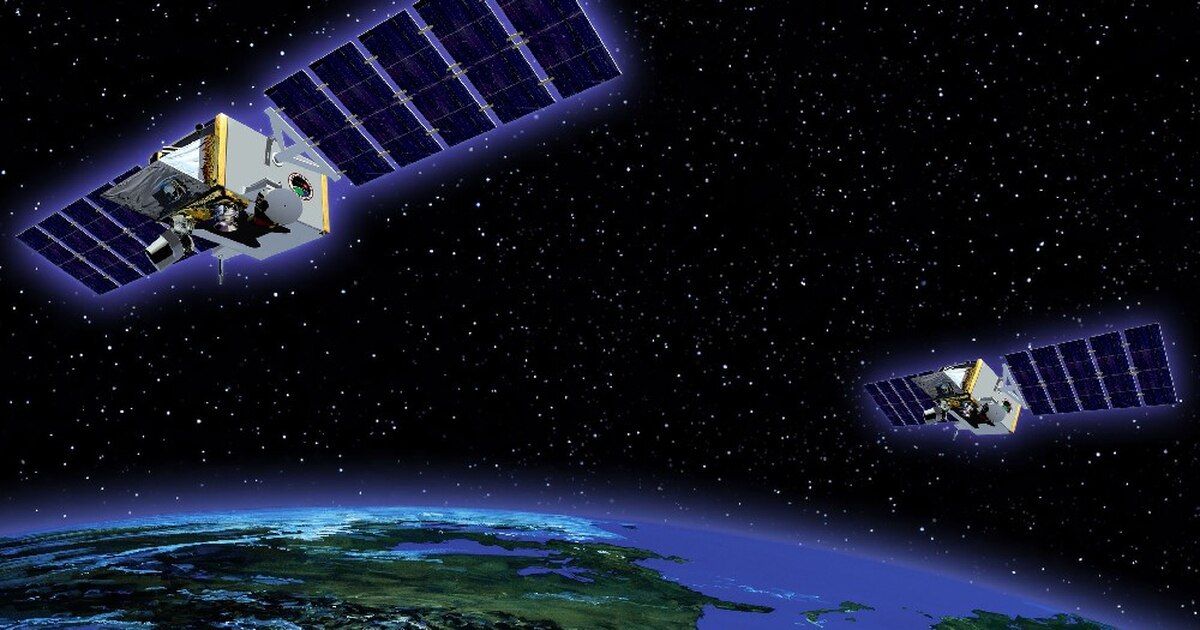
The National Space Intelligence Center Takes Shape
Article by Rachel S. Cohen November 16, 2020 (airforcemag.com)
• As part of the Department of the Air Force’s review of which units should transfer to the Space Force, two pieces of the National Air and Space Intelligence Center at Wright-Patterson Air Force Base – the Space Analysis Squadron and Counter-Space Analysis Squadron – will be turned over to Space Force to form the basis of a new National Space Intelligence Center (NASIC).
• NASIC, whose roots date back to analysis of a Soviet space launch in the 1950s, is tasked with identifying air, space, missile, and cyber threats facing the Air Force and Space Force. Threats run the gamut from projectile attacks in space or anti-satellite missiles from the ground, to signal jamming and other electronic interference, to intelligence-gathering on US assets in the cosmos.
• “The need for space domain intelligence continues to increase in the face of changing missions and emerging threats,” Chief of Space Operations Gen. John W. “Jay” Raymond said in the Space Force’s planning guidance. “We will develop and expand shared strategies [with the Intelligence Community] … to detect and characterize threats, defeat attacks, and respond to aggression.”
• Former Defense Secretary Mark T. Esper raised questions about whether a space-focused center would unnecessarily duplicate work already underway at NASIC. “The National Space Intelligence Center will be an independent organization manned by highly trained space subject matter experts capable of providing quality intelligence support to space warfighters, senior leadership, and policymakers through independent and collaborative work with the National Air and Space Intelligence Center,” said Space Force spokesperson Col. Catie Hague.
• Still, it’s unclear when NASIC would come to fruition. “The Intelligence Community, through a deliberate analytical process, determined the need to establish the NASIC to provide dedicated foundational intelligence support to the USSF, senior leadership, and policy makers to increase unity of effort and effectiveness of space operations between the Department of Defense and the IC,” said Hague. “We need to think differently so we can drive things differently,” said NASIC boss Col. Maurizio D. Calabrese.

The Space Force is planning its first steps toward a new intelligence center to make the great unknown a little less mysterious.
Two pieces of the National Air and Space Intelligence Center at Wright-Patterson Air Force Base, Ohio, will form the basis of a new National Space Intelligence Center, Space Force spokesperson Col. Catie Hague said. Those units are the Space Analysis Squadron and Counter-Space Analysis Squadron.
The Space Force is taking custody of the two squadrons as part of the Department of the Air Force’s broad review of which units should join the new service. Air Force Magazine reported Nov. 10 that recent Space Force guidance included a plan for a National Space Intelligence Center.

“Their designation for realignment into the Space Force is driven by their performing direct support to the space intelligence mission,” Hague said.
NASIC is tasked with offering the scientific and technical know-how to find and describe new air, space, missile,

and cyber threats facing the Air Force and Space Force. The services use that information to decide which technologies to pursue and tactics to adopt. Last year, the organization released an unclassified report, entitled “Competing in Space,” to discuss trends and challenges posed by foreign countries in that arena.
NASIC says its space roots date back to its analysis of a Soviet space launch in the 1950s. Now, some military space watchers argue a specialized NSIC would offer more comprehensive operational support to troops who need to know what challenges they face from global adversaries and objects on orbit.
Threats run the gamut from projectile attacks in space or anti-satellite missiles from the ground, to signal jamming and other electronic interference, to intelligence-gathering on U.S. assets in the cosmos.
“The need for space domain intelligence continues to increase in the face of changing missions and emerging threats,” Chief of Space Operations Gen. John W. “Jay” Raymond said in the Space Force’s planning guidance. “We will develop and expand shared strategies [with the Intelligence Community] … to detect and characterize threats, defeat attacks, and respond to aggression.”
FAIR USE NOTICE: This page contains copyrighted material the use of which has not been specifically authorized by the copyright owner. ExoNews.org distributes this material for the purpose of news reporting, educational research, comment and criticism, constituting Fair Use under 17 U.S.C § 107. Please contact the Editor at ExoNews with any copyright issue.
Col. Catie Hague, Col. Maurizio D. Calabrese, Counter-Space Analysis Squadron, Department of the Air Force, Intelligence Community, John W. “Jay” Raymond, Mark T. Esper, National Air and Space Intelligence Center, National Space Intelligence Center (NASIC), Space Analysis Squadron, space force